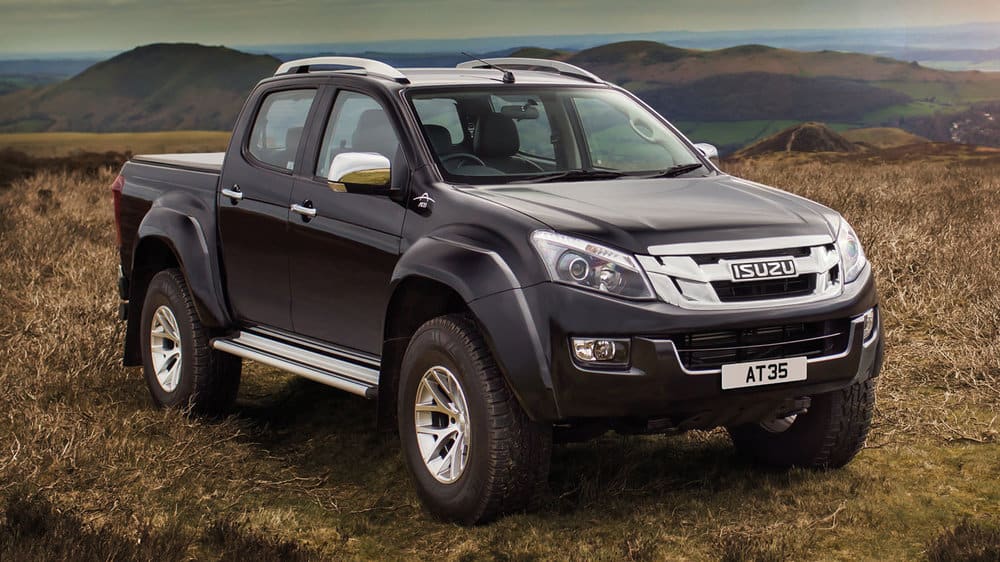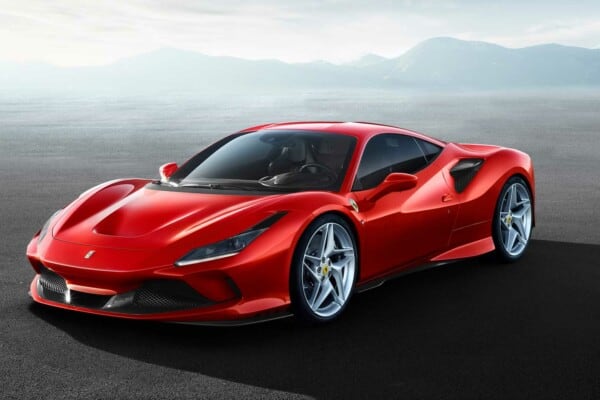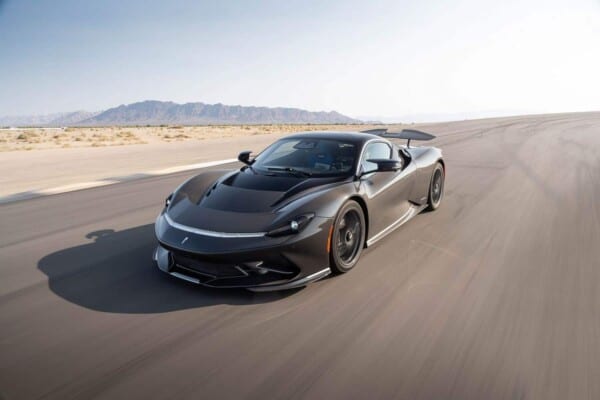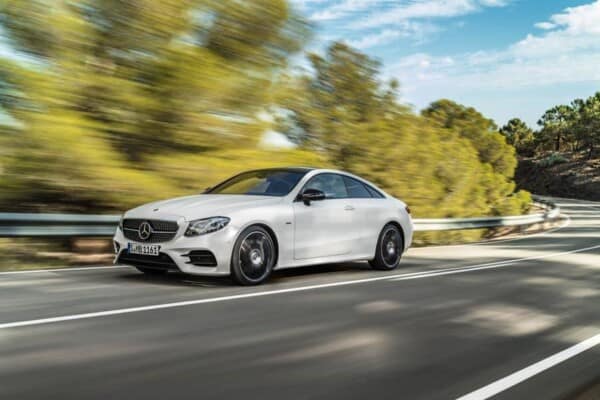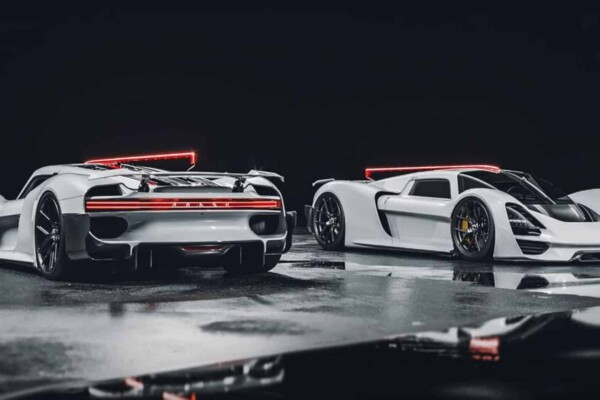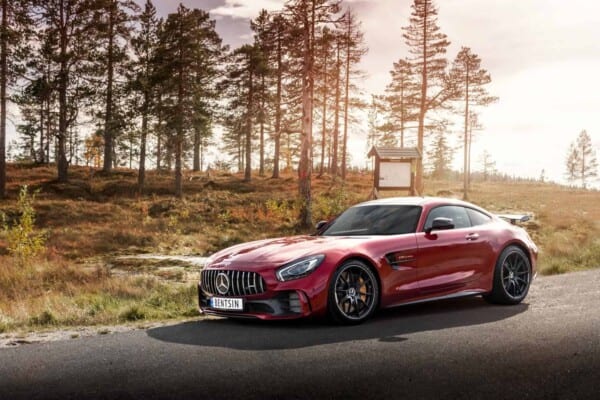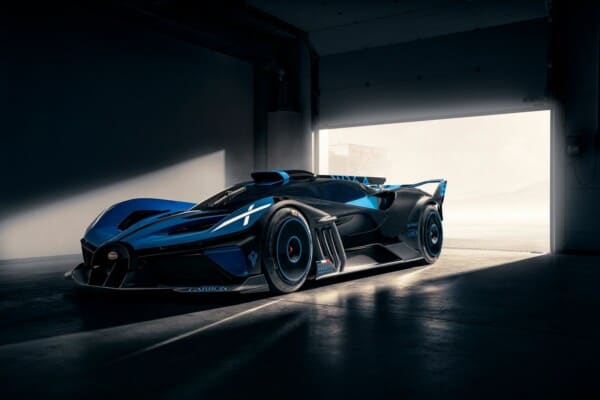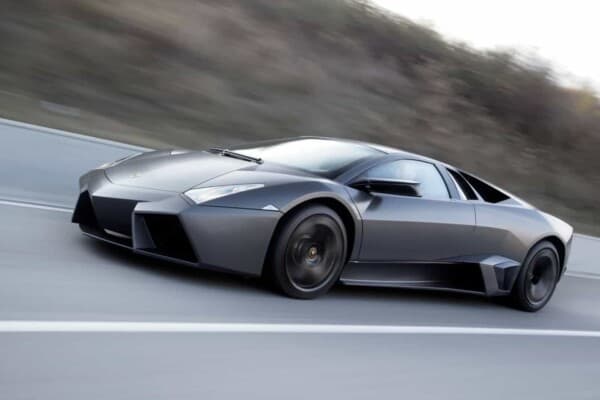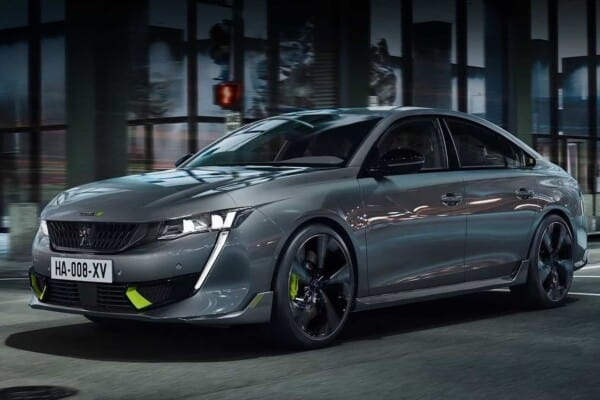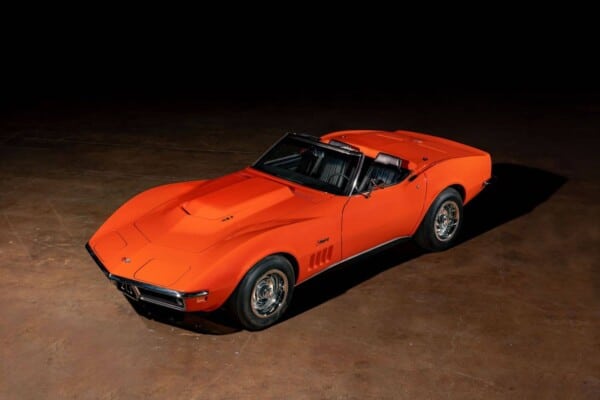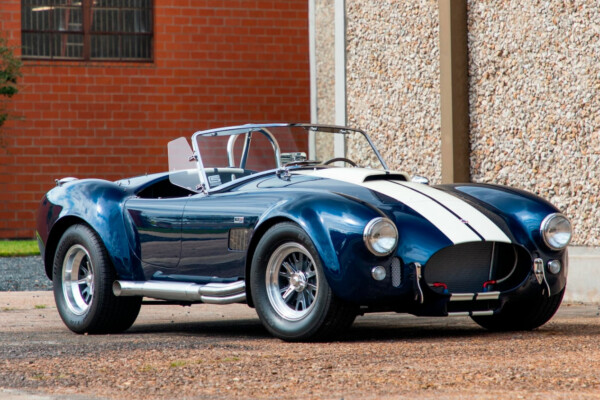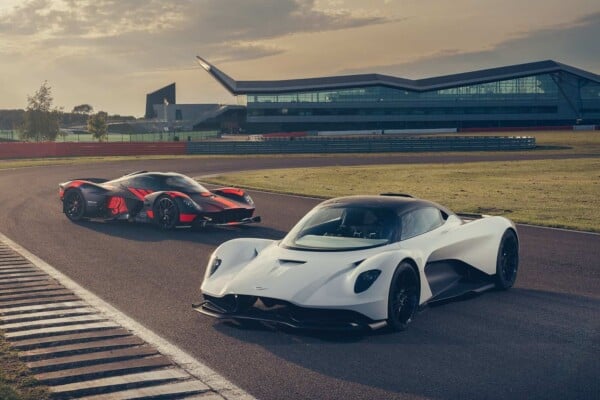Isuzu is named among the top selling heavy duty vehicles. Well, Isuzu is the name of a river in Japan. The river begins and ends up in a single city, called Ise in Mie Prefecture, Japan. The river is famous because it passes through a famous shrine called Ise Grand Shrine. This Japanese motor company paved a number of paths along its history to become the world leader of diesel engines by 2014. Till the date, it has manufactured over 21 million diesel engines.
In the past, the company was known as Ishikawajima Shipbuilding and Engineering Company. Later the company got into a contract with Wolseley Motors, which was a British automobile company working in South Asia. This gave Ishikawajima a passage into the South Asia to market not only its diesel engines but also the A – 9 cars.
Soon after that Ishikawajima merged with DAT Automobile Manufacturing. DAT is presently known as Datsun. The company was renamed as Isuzu soon after merging with DAT.
Today, Isuzu provides its engines to a number of engineering and automobile companies, which include Ford and Renault.
Let’s dig into the history, logo, and events of Isuzu Motors.
Isuzu Logo:

It was the year 1916 when the processes towards the initialization of Isuzu started. The Ishikawajima Shipbuilding and Engineer Company Limited got into a contract with Tokyo Gas and Electric Company to manufacture vehicles. Those were mainly the heavy vehicles, comprising the machinery for construction and mass movement. By 1918 Ishikawajima contracted Woosley Motor Limited to produce vehicles. Woosley, which was previously known as Vickers, was a British automobile company. At that time, it was operating in the South Asia. Precisely their domain was the whole East Asia. This gave a path to Ishikawajima to enter East Asia. The initial domestic production of Ishikawajima and Woosley was the A – 9 car which was produced in 1922. Ishikawajima was the expert producer of heavy vehicles, which was reflected in their next domestic production. The cooperation carried on till 1927.
After that Ishikawajima went into the contract with DAT Automobile manufacturing. This was 1933, the pact between these two companies was named as Automobile Industries Co. Ltd. The company at that time was even in contract with the Japanese government. This led the company to a path to domestic market development but it didn’t last for long. Soon the company was reformed as Tokyo Automobile Industries Co. Ltd. Just a few years before the Japanese Nuclear Bomb Incident, the company suffered another economic slump. After 33 years of the production of the company, it was called as Isuzu. There are a very few references available about the founder of Isuzu. However, Susumu Hosoi is considered to be the founder of the Isuzu Motor Company.
Important Events in the History of Isuzu:
1916 – 1930:
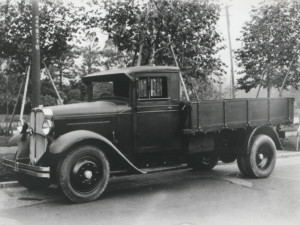
Soon after getting in contract with the Tokyo Gas and Electric Company, Ishikawajima got busy in producing the engines for ships, heavy machineries, power stations and other industrial automobiles. This was 1916, the first step of the company towards industrial development. After getting involved with Woosley, the next step for Ishikawajima was the A – 9 Car in 1922. Just after a year, the company went into producing the CP – Trucks. Among those trucks, the CP 1.5 ton trucks were the most famous. Both the companies worked on these two projects till 1927 and produced 550 vehicles.
1930 – 1950:

In 1933, after Ishikawajima went into contract with DAT Automobile Manufacturing. The corporation was named as Automobile Industries Company Limited. The newly formed company began to produce two different models. Those were marketed as Sumiya and Choyoda. Unfortunately, the companies didn’t get a good response for those vehicles. After an unsuccessful response, both the vehicles were given a refreshed title. They were called Isuzu. Isuzu is actually a river in Ise, Mie Prefecture, Japan. The literal meaning of Isuzu is Fifty Bells. It symbolizes the bells on the Ise Grand Shrine located at river Isuzu.
After four years, in 1937, Automobile Industries Co. Ltd was reshaped into a new company called Tokyo Automobile Industries Company Limited. The World War – II, effected the economic conditions of the Axis and Allies. Thus, Japan even suffered an economic slump in the time of War. History reveals that Tokyo Automobile Industries Co. Ltd was committed in creating war vehicles. Due to the expertise of the company in heavy machinery, it was preferred to build the armored cars.
The economic effects of the war made one of the divisions of Tokyo Automobile Industries Co. Ltd to become a separate entity. It was the year 1942 when Hino Heavy Industries became a separate entity apart from this company. After the occupation of Japan by SCAP, the company dealt with a number of increased economic crises. The innovation was still there. With the permission of the SCAP authorities, the company relaunched truck production on new platforms in 1945. The platforms were TX40 and TU60.
The military success of the trucks made the company economically relax. By 1949, the company was finally named as Isuzu Motor Company.
1950 – 1980:
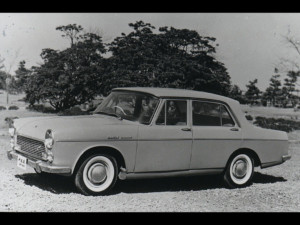
In 1953, Isuzu paved its way to another British automobile company. It was Rootes Group. Isuzu acquired the license from Rootes Group to produce and assemble Hillman Minx. It was a 4 – door mid – sized Saloon, preferably a family car. The production and assembly of Hillman Minx continued till 1962. This car enabled Isuzu to create its own car. In 1961, Isuzu launched Bellel, which is certainly the first ever car designed, built, produced and assembled by this company. The name of the car acronym “Bell” and “L”. The Bell remained as a bell, while the L was the Roman numeral which is 50. It meant 50 – bells, which is even the literal meaning of Isuzu. The car was produced till 1966. The car was expensive for the Japanese market. Ultimately, it didn’t get a good response. To continue the business, Isuzu began to pursue
The name of the car acronym “Bell” and “L”. The Bell remained as a bell, while the L was the Roman numeral which is 50. It meant 50 – bells which is even the literal meaning of Isuzu. The car was produced till 1966. The car was expensive for the Japanese market. Ultimately, it didn’t get a good response. To continue the business, Isuzu began to pursue the commercial partnership. On the other hand, the Japanese authorities were limiting the automobile factories in the country.
With the pressure of seizure, Isuzu signed a cooperation with Subaru, the automobile production line of Fuji Heavy Industries in 1966. Subaru 1000 was a joint production produced in 1966 for the model year 1967. Due to some reason, this cooperation ended in 1968. Soon after this cooperation, Isuzu signed the partnership with other Japanese automobile companies, but they didn’t go on for long. In 1968 Isuzu had a cooperation with Mitsubishi which winded up in 1969. In 1970 Isuzu went into cooperation with Nissan, which didn’t last for long. Later in 1971, Isuzu tried its luck with the General Motors.
Quick Review of 1970s
By 1972, General Motors took 34% of Isuzu’s shares. This lead to the production of Chevrolet LUV in plants of Isuzu. This was the first ever vehicle built by Isuzu for North American market. With the fresh improvements, in 1974 Isuzu refreshed its logo to give a newer look to the market. In the same year, with the contributions of General Motors, Isuzu launched Gemini. This car was marketed in Japan, North America, and Australia. In the North America, it was titled as Buick’s Opel by Isuzu and Holden Gemini in Australia. The craftsmanship between Isuzu and GM was not just a single end automobile contribution. A number of American produce, besides cars, were sold in Japan through Isuzu’s contractors. With the growing fame of Isuzu, GM marketed Holden Statesman in North America with the label of Isuzu.
In 1973, Isuzu was able to make only 0.7% of export out of Japan. But with the efforts of General Motors, they were able to go beyond 35% just after three years. This enabled Isuzu to increase its production 4 times then it was doing in 1973.
1980 – 2000:
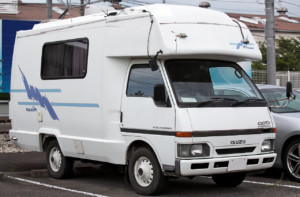
The cooperation of Isuzu with General Motors turned out fruitful for the company. Their development became an obvious chapter for their progress. The beginning of the 80s was a blessed tenure for Isuzu. It was never late when Isuzu went into the market by introducing its independently produced cars and trucks in North America. The first vehicle to be in the North American market by Isuzu was Isuzu P’Up.
Later in 1981, Isuzu developed cooperation with Suzuki to create consumer friendly cars for General Motors. This enabled GM to take 5% of shares of Suzuki. The three-fold venture paved a prosperous path ahead. In 1985 the collaboration marketed their vehicles in Europe, under the banner of IBC (Isuzu – Bedford – Company Ltd) Vehicles. The collaboration marketed Isuzu Fargo and Suzuki Carry in the European market. The badge for these vehicles was Vauxhall. It wasn’t far that Isuzu began to market its diesel engine in almost every next country.
After 1985
Soon in 1986, Isuzu helped out the poorly performing small car manufacturers of Japan to come up with an increased capital. The contribution aided Suzuki and Subaru to market their cars with the badge of Isuzu.
After the end of this decade, Isuzu went on to experience contraction. By 1992 Isuzu halted the sale of Impulse and Stylus in North America. Isuzu was planning to bring a change in the business techniques. It went to pursue the Vehicle Exchange Program with Honda. As soon as the corporation began, Honda began to market Isuzu Rodeo as Honda Passport and Isuzu Trooper as Acura SLX. In exchange, Isuzu marketed Honda Odyssey as Isuzu Oasis. The exchange brought some new cars in the market list of Honda. Honda Accord is among them. However, Isuzu experienced a good market response in this period as well. As in 1996, the Chevrolet S10 was renamed as Isuzu Hombre was marketed in North America, which received a good market response. By the end of the year, the Hombre was amongst the best-selling vehicles in North America.
In 1997, Isuzu came up with the VehiCROSS concept. The company launched this car in the North American market by the end of the year. Once again in 1998 Isuzu and General Motors marked their joint cooperation with success. They initialized a combined diesel engine production program, known as DMAX.
But 1999 was certainly the end of Japanese leadership in Isuzu. GM acquired 49% of Isuzu’s share and hired a non – Japanese personnel for the position of Executive. In the same year, the VehiCROSS received a heavy criticism.
2000+:
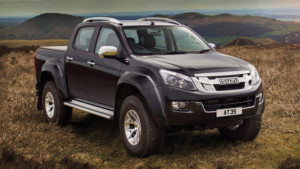
With a changed leadership, Isuzu wasn’t able to maintain its worth in the market. The new administration didn’t last for long. Isuzu Amigo was named as Rodeo Sport in 2001. It was a comeback strategy for the company. The car was featured in Spy Kids, for the sake of promotion. 2002 wasn’t even luck for Isuzu. A production plant in Indiana was sold to Fuji Heavy Industries for Subaru’s production.
In order to regain its strength once again, in 2002 37% shares were bought back from General Motors. The further action unveiled the dropout of Isuzu Trooper from the North American Market.
The contraction continued till 2004 when the North American sales of Isuzu dropped by 71%. The sales further slowed down in 2006. As per the journals of August that year, Isuzu had 290 dealers across the United States. And every one of them was selling only 2 vehicles in a month. The decline continued for the rest of the year. As a result, Isuzu bought back the remained 12% shares from GM. However, the DMAX was still operative as a joint collaboration. But the year just didn’t end here. Mitsubishi took over 15.65% of shares and Toyota took 5.9% shares of Isuzu.
Mitsubishi and Toyota were the major stakeholders of the company at that time. Both the major companies planed to perform research on the lower emission of diesel engines.
After 2005
The new stakeholders made the company travel on a better path. It was 2007 when Isuzu began to experience some betterment once again. Beside the street legal cars, Isuzu developed the train locomotives in collaboration with GM. The recently designed locomotive was faster and agile than its predecessor. Further, in the year, Toyota and Isuzu began to create diesel engines for the Toyota cars for the sale in the Europe. The production began 5 years after the juncture.
But the betterment couldn’t stay up for long. In 2008, Isuzu decided to back up from the U.S market because of lack of sales by announcing that it won’t sell its cars in the U.S in 2009. However, the company further narrated that it will continue to provide commercial vehicles, parts, and support to the U.S market. The coalition between Isuzu and GM went on to contract. By the mid of 2009, GM seized two of its models produced by Isuzu.
The Vehicle Exchange Program between Isuzu and Honda ended up in 2010. It heavily effected the sale of Isuzu Oasis. Ultimately Isuzu even lost the Canadian market.
Isuzu Automobiles Today:
Today Isuzu appears as the SUV and heavy-duty vehicles specialist. The market presence of Isuzu is not much available for the commercial cars, but the heavy duty trucks and buses are in an enormous range from the company. As per a Diesel Engine Market Analysis done in the South Asian, Far East Asian, and European markets, Isuzu ranks among the best diesel engine sellers.
Interesting News:
To regain its lost strength, Isuzu initialized its plant in South Asia. The company planned manufacturing diesel engines in Andhra, India in the year 2016. The plant was to target the world market with the lowest possible cost.
List of All Current Isuzu Models:
Trucks:
- D-MAX pickup Truck
SUVs:
- Crosswind
- Mu-X
Light Duty Trucks:
- Elf
- Forward
- Giga
- Gala/ Gala Mio
- Erga/ Erga Mio/ Erga J
- Journey/ Journey J
- Reach
- NPR
- NQR
- FTR

